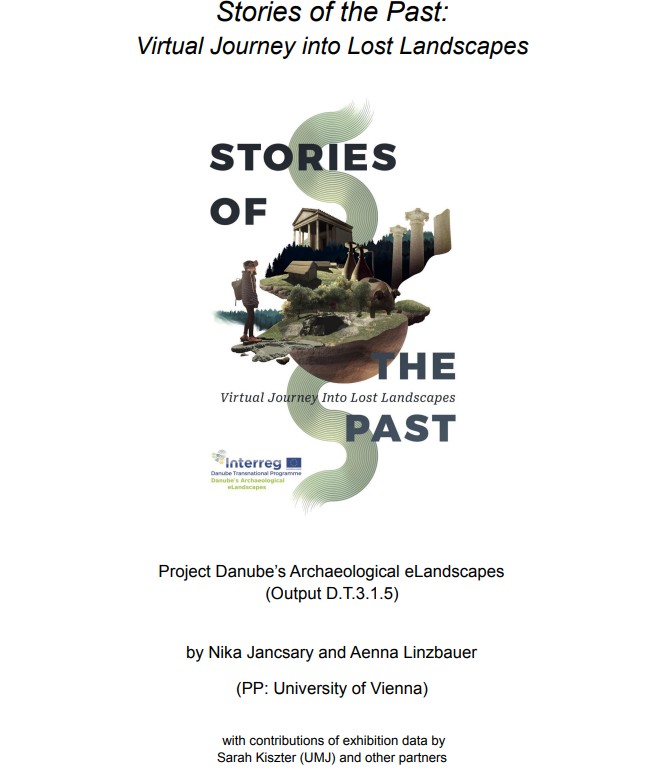Danube´s Archaeological eLandscapes - Evaluation of 4667 responses of visitors surveys of the exhibition is online
27-12-2022
The key outcome of the project is the exhibition “Stories of the Past: Digital Journey into Lost Landscapes“, in the framework of which 10 European countries presented the most important and unique archaeological sites and landscapes in the Danube region to bring their Cultural Heritage closer to the public in a new and attractive way.
The idea was to convey past worlds to visitors in virtual form, bringing the landscapes as a unifying theme back to life contextualised by archaeological excavations, written records and archaeological finds. Additionally, visitors are offered insights into the creation of these reconstructions and the remains of the archaeological sites.
New technologies like State-of-the-art Virtual Reality (VR) and Augmented Reality (AR) applications were used to visualise archaeological knowledge in completely new ways. Visitors were encouraged to experience virtually reconstructed archaeological heritage in its original landscapes not only in their own country but also in countries of other partners.
Exhibitions were created in Austria, Bulgaria, Croatia, the Czech Republic, Hungary, Romania, Serbia, Slovakia, and Slovenia. Serbia, Slovakia and Slovenia presented a mobile exhibition, using some of the same mobile panels and digital tools while adjusting the setups and contents. Even though each country made its own archaeological contribution to the exhibition, the contributions of other partners could also be shown. This is an advantage of the digital exhibition concept. The contents of the multimedia exhibition consisted of printed media, i.e. boards and banners and digital tools in varying setups. Languages of texts and media were adjusted accordingly.
Credits:
Project Danube’s Archaeological eLandscapes by Nika Jancsary and Aenna Linzbauer (project partner: University of Vienna) with contributions of exhibition data by Sarah Kiszter (UMJ) and other partners
Digital tools consisted of:
● VR glasses & cardboard VR
● touch screens & AR tablets
● monitors & projections
● mobile phone/app
● PC app
Scroll through the evaluation of 4667 responses from the 10 partner countries countries on the use of state-of-the-art digital technologies in an archaeological exhibition.
https://issuu.com/es/docs/evaluation_of_the_visitor_surveyfinal

